Steven Pifer writes that as Washington develops its negotiating approach for non-strategic nuclear weapons with Moscow, it should consult closely with its allies. This article was first published in The National Interest.
U.S. officials have long sought to negotiate limits on non-strategic nuclear weapons (NSNW), a sensible next step for U.S.-Russian nuclear arms control. Such a negotiation, however, would raise difficult issues, beginning with the imbalance in U.S. and Russian numbers. A likely Russian position that all NSNW be based on national territory would force the U.S. government to face the different perspectives within NATO on the role of U.S. nuclear weapons in Europe. As Washington prepares for a possible negotiation with Moscow, U.S. officials should consider ways to manage this issue from the outset.
An Elusive Goal
Since concluding the 2010 New Strategic Arms Reduction Treaty (New START), the United States has sought to limit non-strategic nuclear weapons, also referred to as tactical or sub-strategic nuclear weapons. On signing New START, President Obama said “we hope to pursue discussions with Russia on reducing both our strategic and tactical weapons.” Republicans criticized New START’s lack of limits on NSNW, and the Senate resolution of advice and consent to ratification for New START called for a negotiation with Russia “to secure and reduce tactical nuclear weapons in a verifiable manner.” The Obama administration proposed such a negotiation, but Moscow declined.
When the Trump administration belatedly engaged Russia on nuclear arms issues in 2020, it also sought to include NSNW. Russian negotiators accepted a one-year freeze on the total size of the stockpiles between the two countries (including NSNW), but the agreement did not include verification measures and quickly fell apart. In a statement noting the Biden administration’s agreement to extend New START, Secretary of State Antony Blinken said Washington would pursue with Russia “arms control that addresses all of its nuclear weapons.” U.S. allies have generally supported negotiating limits on and reductions in NSNW.
New START limits the United States and Russia each to no more than 1,550 deployed strategic warheads. The treaty only constrains deployed weapons and associated launchers. It does not limit NSNW or non-deployed strategic weapons. The U.S. nuclear stockpile numbers 3,800 warheads, of which 230 are B61 nuclear bombs designated as non-strategic (the U.S. military has eliminated all other NSNW). Russia’s nuclear stockpile numbers just under 4,500 warheads, with some 1,900 categorized as non-strategic or defensive. Russia’s diverse NSNW arsenal includes weapons for delivery by land-, air-, and sea-based systems.
Russia has resisted an agreement on NSNW because it has a much larger NSNW force and regards those weapons as a means to compensate for conventional inferiority compared to NATO or China. Moreover, such an agreement would entail difficult verification challenges. If Moscow agreed to a negotiation that covered NSNW, then it would almost certainly seek to leverage its numerical advantage in NSNW to gain a U.S. concession, perhaps conditioning its readiness to negotiate limits on all nuclear weapons on U.S. readiness to negotiate limits on missile defense, which would be politically controversial in Washington.
Limiting and Reducing NSNW
Given the disparity in numbers, a narrow stand-alone negotiation on NSNW has little prospect of success. What incentive would Moscow have to cut to the U.S. level? A more viable approach would seek an aggregate limit covering all U.S. and Russian nuclear warheads. In such an arrangement, the U.S. numerical advantage in non-deployed strategic warheads would partially offset the Russian advantage in NSNW. Within such an overall aggregate limit, the sides could negotiate a sub-limit to constrain the number of deployed strategic warheads on intercontinental ballistic missiles (ICBMs) and submarine-launched ballistic missiles (SLBMs), warheads that could be launched in minutes and that pose the greater threat to strategic stability.
If the sides agreed on such a framework, then a lower aggregate limit would force the Russians to reduce their NSNW number. However, that aggregate likely would not be low enough to drive the Russian military’s NSNW level down to anything close to the U.S. number.
Despite the challenges, the United States should seek limits on Russian NSNW. First, non-strategic nuclear warheads deliverable by systems such as Iskandr missiles directly threaten U.S. allies. Second, many of these weapons are not “small.” The modernized B61 bomb will have a maximum yield of fifty kilotons, three times the size of the weapon that destroyed Hiroshima, and Russian NSNW reportedly have larger yields. Third, the most likely path to a U.S.-Russian nuclear conflict is a conventional war that escalates when one side employs NSNW.
The Looming Dilemma
Russian acceptance of such a negotiating framework — an aggregate limit on all U.S. and Russian nuclear weapons with a sublimit on deployed strategic warheads — would be welcomed in the United States and by allies, and rightly so. But it could end up posing a dilemma within NATO.
The U.S. Air Force deploys 100-150 B61 bombs at a handful of air bases in Europe. Some of these B61 bombs are designated for use by U.S. aircraft. Others are maintained under U.S. custody but, in a conflict and with proper authorization, would be turned over to allies for delivery — sometimes referred to as “nuclear sharing.” The Belgians, Dutch, Germans, and Italians have aircraft and train for that purpose.
In military terms, this small number of B61 bombs makes a marginal contribution in an overall stockpile of 3,800 weapons. U.S.-based aircraft (the B-2 and, in the future, B-21) could strike targets in Europe with B61 bombs, as could B-52s equipped with nuclear air-launched cruise missiles. The value of the Europe-based bombs is far more in political terms and assurance of allies. In peacetime, they are seen as symbols of the U.S. commitment to NATO’s defense and as coupling U.S. strategic nuclear forces to that commitment. If NATO were to use NSNW, or even signal the possibility of their use, then the alliance would aim to convey a political message that things were about to spin out of control and perhaps escalate to strategic nuclear exchanges. Moreover, the process of planning, investing in, and exercising these systems is seen by alliance members as a unifying process helpful in assuring allies and deterring aggression.
The dilemma? Suppose U.S. and Russian negotiators close in on an agreement limiting each side to 3,000 or 3,500 total nuclear warheads, with a sub-limit of 1,000 deployed strategic warheads and appropriate verification measures (an ambitious outcome, to be sure). The problem: the Russians almost certainly would insist on a provision requiring that all nuclear weapons be based on national territory. That would mean the removal of the B61 bombs to the United States.
Many in the United States and Europe would regard such an agreement as a significant and very positive achievement. Belgian, Dutch, German, and Italian public would welcome an end to the unpopular presence of U.S. nuclear weapons in their countries.
The withdrawal of U.S. nuclear weapons could, however, end the involvement of a broad group of allies in NATO’s nuclear role. More importantly, such an outcome could be seen as calling into question U.S. readiness to use nuclear weapons in the alliance’s defense and signifying a diminution of the broader U.S. commitment to NATO. One could argue that allies should have confidence in the American president to use nuclear weapons if needed, regardless of where they are deployed, but the location of U.S. nuclear arms — in this case, their absence from Europe — could matter. To some, it could matter a great deal; they might even see it as decoupling the United States from European security.
If this issue were not managed carefully, then a split could develop within NATO. Those allies who see U.S. nuclear weapons in Europe as essential to their security, particularly in the Baltic and eastern European regions, might well oppose U.S. acceptance of the “base on national territory” provision — even at the expense of a new treaty. If U.S. negotiators went ahead and nevertheless accepted the provision, then opposition within NATO would complicate ratification prospects. If, on the other hand, U.S. negotiators rejected that provision out of deference to those concerns, and that blew up the chance for a new nuclear arms reduction treaty, one could expect a backlash and round of intra-alliance recriminations. (Knowing that this could be the case would only make it more likely that Russian negotiators would seek this outcome.)
Thinking Ahead
This is not to suggest that the Biden administration should not pursue limits on all U.S. and Russian nuclear weapons, including NSNW. Such an approach is the logical next step after New START. The administration does, however, need to factor this issue into consultations with allies and into its negotiating approach toward the Russians from the very beginning. A number of ideas might alleviate the basing on national territory problem, including:
Seek to require that NSNW be stored at declared storage sites — with monitoring and significant transparency — at some distance from facilities basing NSNW delivery systems. This would slow the process of mating non-strategic warheads to delivery systems in a crisis or conventional conflict. (If the treaty did not require basing on national territory, then this would mean relocation of U.S. B61 bombs to new storage sites instead of the air bases where they are now.)
Seek to require that Russian NSNW be stored at sites more than some distance, say, seven hundred kilometers, from a NATO member’s territory. This would provide distance between NATO allies such as the Baltic states and stored Russian NSNW. (It would have to apply reciprocally if the agreement did not require that nuclear weapons be based on national territory.)
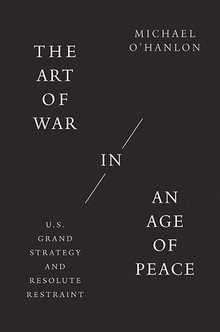
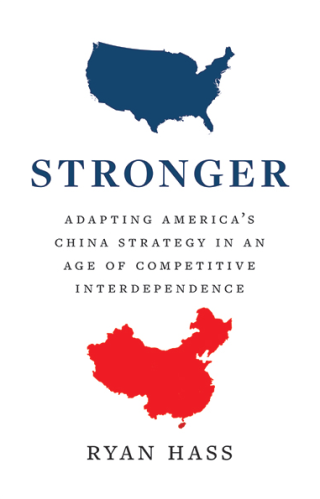
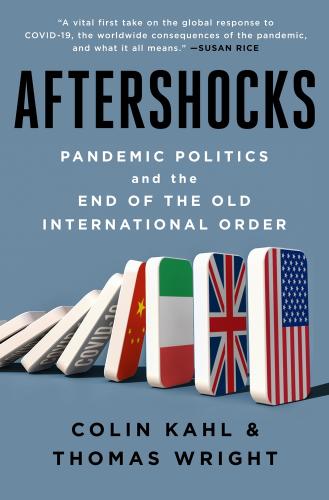
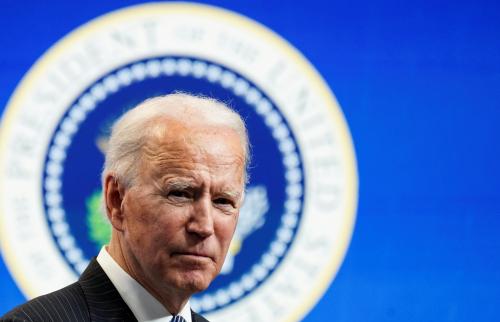
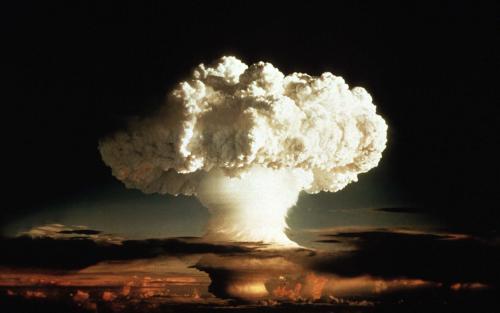
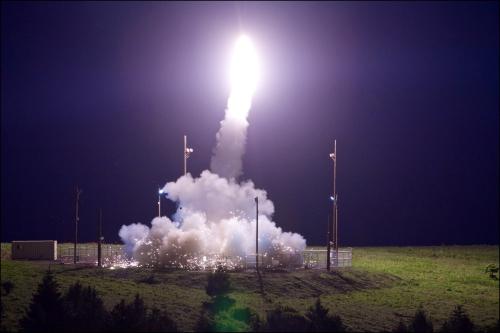

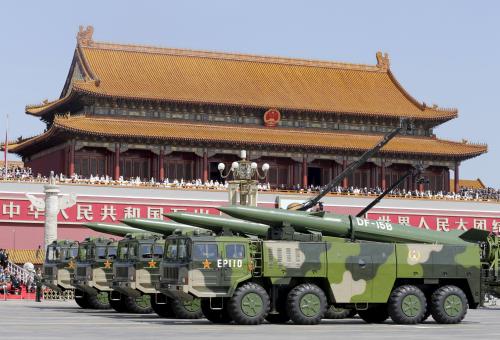

Commentary
Op-edThe art of negotiating non-strategic nuclear weapons
June 4, 2021